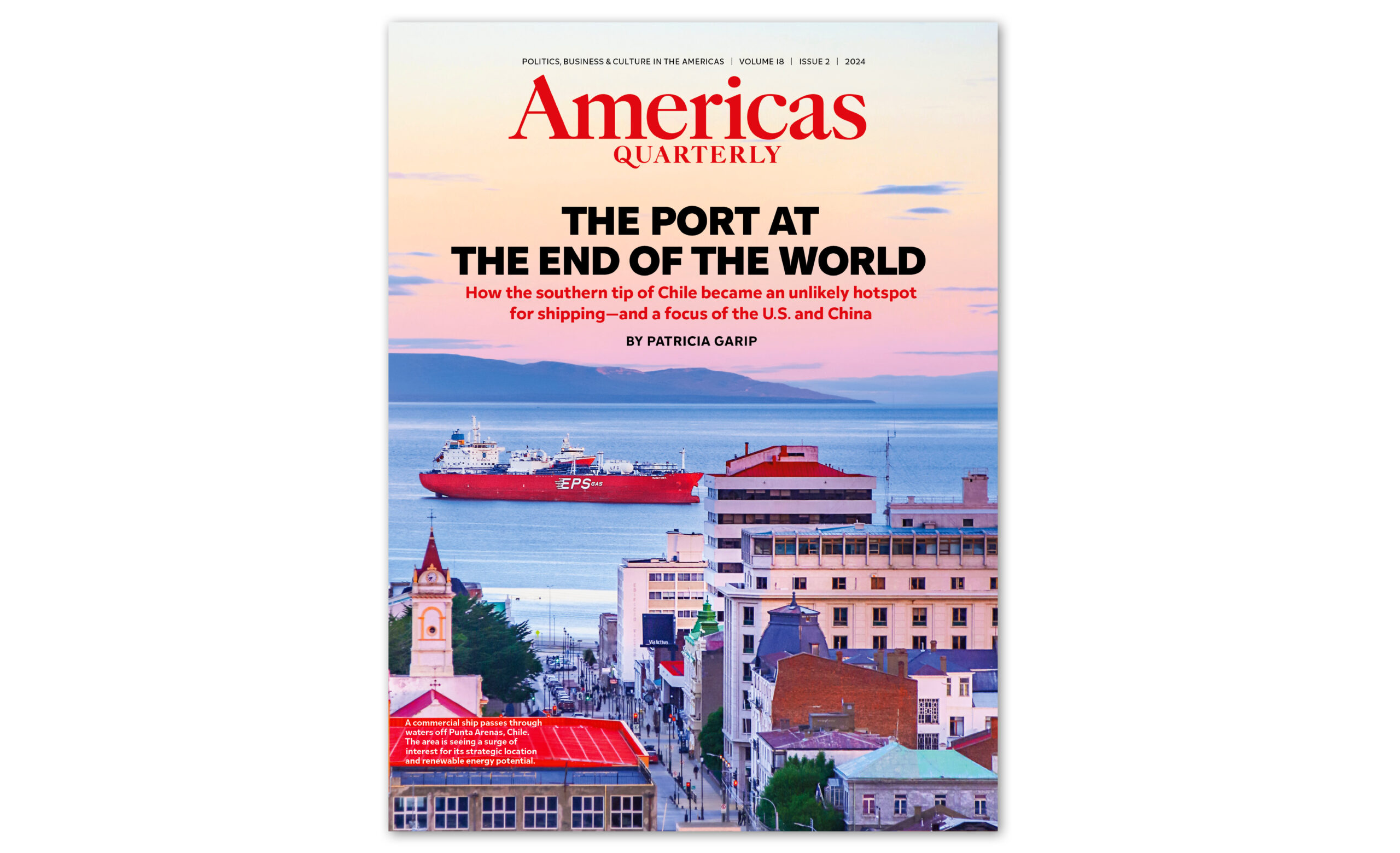Policy Update: CAFTA/DR Pact—Opening up New Frontiers
Policy Update: CAFTA/DR Pact—Opening up New Frontiers
After a rocky start, the free trade pact linking the U.S., Central America and the Dominican Republic finally takes off.
As President George W. Bush pressures Congress to ratify the U.S.-Colombia Trade Promotion Agreement, it is worth examining the results to date of the Dominican Republic-Central America-U.S. Free Trade Agreement (CAFTA-DR). That agreement, involving the United States, five Central American countries (Costa Rica, El Salvador, Guatemala, Honduras, and Nicaragua) and the Dominican Republic has taken a roller coaster ride since initialed in 2004.
CAFTA-DR does not fundamentally change tariff rates for exports to the U.S., since partner countries already enjoyed wide access through the Caribbean Basin Initiative (CBI). Instead, it allows Central American and Dominican Republic companies to build on existing trade preferences by ensuring predictable access to the U.S. market.
Yet passage was politically contentious in several countries...
To read more, subscribe and receive an instant digital copy of the Spring issue.
Already a subscriber? Login Now.
Gary Hufbauer is the Reginald Jones Senior Fellow and Barbara Kotschwar is a research associate at the Peter G. Peterson Institute for International Economics.







